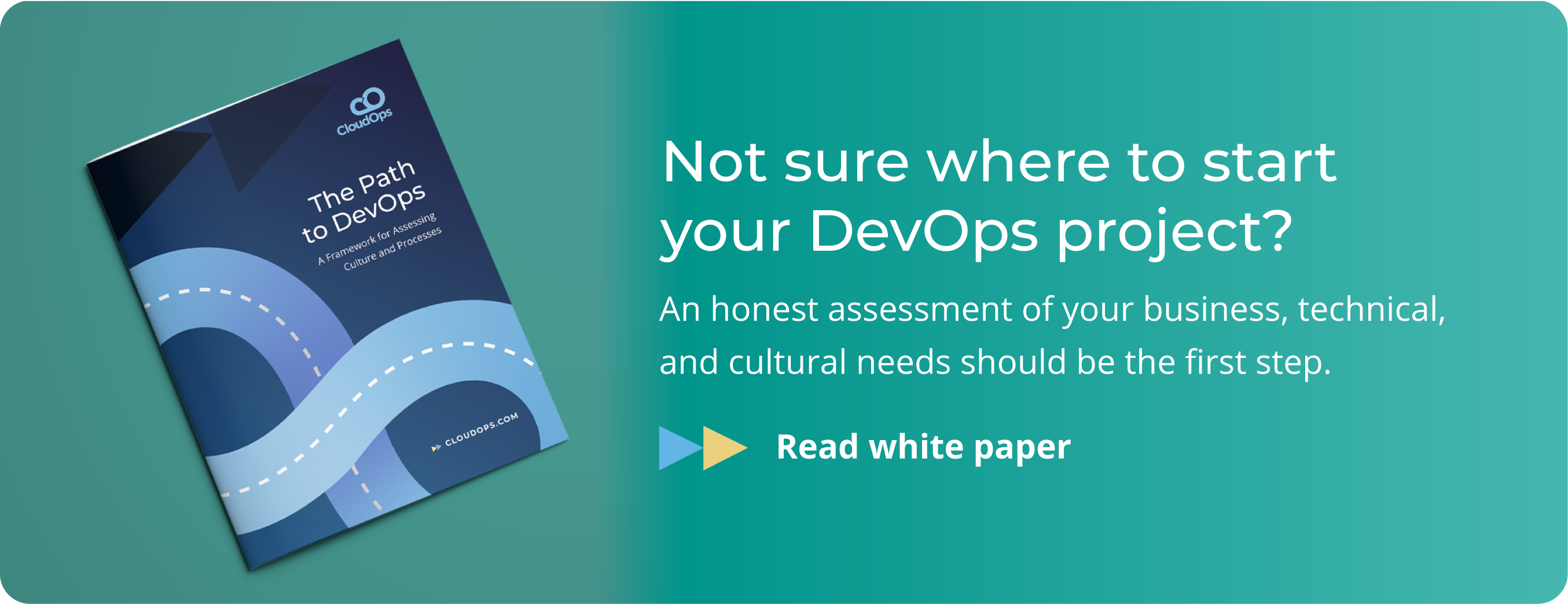Docker and Kubernetes: What is the Value of Containerization?

In the last few years, containerization and microservices-based architecture took the DevOps community by storm. According to 451 Research, container technology such as Docker and Kubernetes will see the fastest growth compared to other cloud-enabling technologies, with an estimated CAGR of 40% through 2020 (see Figure 1). “Two things stand out from our market sizing and research on containers: the breadth and diversity of vendors basing their offerings on containers or integrating and partnering to better support containers in their products and the speed at which the container software and market are maturing based on production, use and revenue growth,” said Greg Zwakman, Vice President, Market and Competitive Intelligence at 451 Research.

Figure 1: Application containers will be a $2.7 billion market by 2020
Application container technology is changing the face of IT operations and development. This concept is not new; it is an evolution of the service-oriented architecture (SOA), which was very popular in the past few years. Containers are a method of operating system virtualization. They allow you to run an application isolated from its surroundings, without launching an entire virtual machine (VM) for each application. Containers are comprised of the entire RTE (runtime environment): the application, its dependencies, libraries, interconnections and code, and the required configuration files, bundled in one package. Software containers accelerate the development process by breaking down software into very small components called “microservices,” which in turn can improve the quality of testing and reduce the complexity of integration and deployment.
As cloud computing moves from simple to complex architectures, containers provide a real foundation for moving workloads within hybrid or multi-cloud environments, without having to alter the application. The operating systems, network topology, security policies and storage configurations may differ but the application needs to run precisely in the same manner, regardless. A developer can run the software application from a desktop or laptop, from a test environment or on the cloud, as containers are designed to run anywhere.
Let’s explore the main reasons for using containerization and microservices architecture:
Faster Application Deployment and Portability – Given the proprietary nature of some public clouds, there is a need to abstract applications into virtual containers so that they can be moved from cloud to cloud. Partitioning applications in this manner offers the possibility of placing them on different hardware and virtual machines in the cloud. This flexibility offers advantages for managing workloads while providing the ability to easily develop fault-tolerant systems. While workloads can be placed in virtual machines, using containers can provide a higher chance of success as cloud computing evolves from simple to complex architectures. This is due to the fact that an application can be divided into many domains, all residing within containers. The portability of containers allows engineers to select which cloud platforms they run on, to reduce costs and improve performance.
Developer Productivity – Containers are isolated from one another. This eliminates the need to worry about libraries or dependencies being in sync for each application while allowing you to track versions of your application code and dependencies. Containers can help ensure that applications deploy quickly, reliably, and consistently regardless of the deployment environment. This means new software and new versions are available faster, and that there are fewer problems in making that software available. Development teams can work independently on a single project, making decisions at their own pace, without having to wait for anyone else. It’s like the trend in sports for head coaches to turn over the defense or offense of a team to a coordinator. You’re freeing your developers up to do what they do best because they no longer have to wait for a virtual machine to be set up and configured. They can just dive right in on their area of expertise. And because containers enable templates, teams can quickly create new images based on existing container templates. This was all possible to achieve before, but containers now make it much easier.
Agility to Scale to Demand – Developers can ensure that the container applications are scalable and dependable using clustering, scheduling, and by automating deployment and management of the containers. Groups of containers can also be managed using a container management layer which facilitates these capacities. For example, Kubernetes can schedule any number of container replicas across a group of node instances. This container replication and distribution method is typically enough to make most large container-based applications scale as needed.
Efficient Compute Resources Usage – Containers can help you get more from your computing resources by allowing you to easily run multiple applications on the same instance. Containers also provide process isolation, which allows you to put each application and its dependencies into a separate container and run them on the same instance. A single operating system can run multiple application containers at once because they are lightweight, launch quickly, and have a consistent runtime model.
Better Security and Governance, External to the Containers – Security and governance services are platform-specific, not application-specific. Placing security and governance services outside of the container significantly reduces the application’s complexity and prevents security compromise.
“Containers bring operations teams, middleware people, and app developers together, with all three layers in one place and able to test an app efficiently,” said Scott McCarty, Container Strategist at Red Hat. Looking to learn more about containerization and microservices architecture? CloudOps is conducting workshops on how you can save time and get up to speed on the business value and technical know-how of these concepts and tools. Read about the Docker and Kubernetes workshops and sign up today!

Marc Pare
As Chief Commercial Officer at Cloudops, Marc is responsible for driving new revenue in addition to managing the growing product offerings. With over fifteen years of experience in information technology, Marc has a strong background in product management, sales, marketing, and web operations. Prior to joining CloudOps in 2012, he worked in cloud networking solutions at Citrix and held various business and technical roles throughout ten years at Coradiant.

